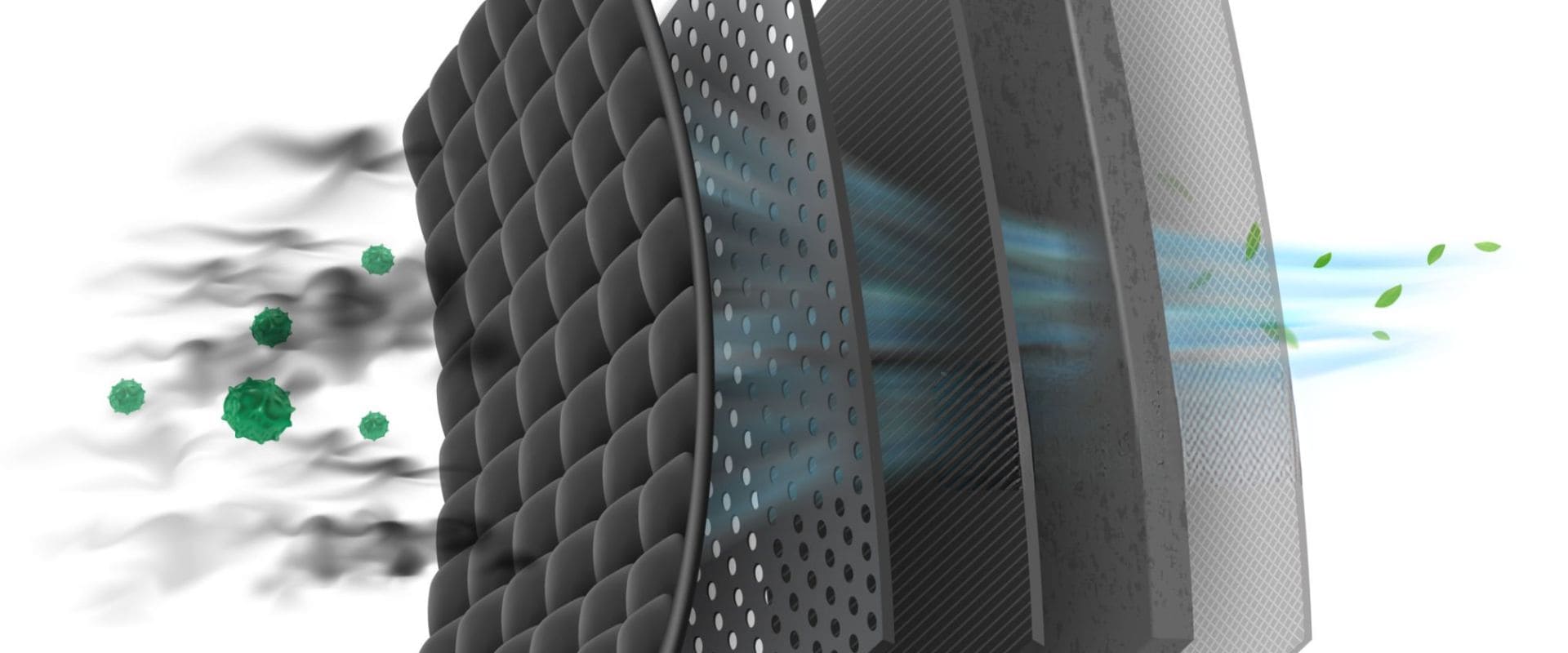Abstract
Nanocomposites in air filtration enhance IAQ, ensuring safety from pollutants. Advanced nanocomposites in filters prove effective for IAQ in homes and buildings.
Blog
Researchers have increasingly focused on indoor air pollution due to its rising health risks. The use of indoor air filtration systems is considered an efficient initial solution to uphold IAQ, with nanocomposites being applied in high-performance filtration systems. These nanocomposite filtration media contribute significantly to IAQ regulation, helping to attain a safe IAQ level.
Indoor particulate matter and gaseous contaminants pose serious health hazards, making filtration technologies effective in maintaining adequate IAQ levels. The materials used in indoor filters play a crucial role in eliminating indoor particulate matter and gaseous pollutants. Factors such as surface area, mechanical strength, recycling efficiency, and filtration performance are essential for achieving a safe IAQ level. Filtration media generally operate on diffusion and gravity effects, effectively separating particulate matter, volatile organic matter, and harmful gases.
Among nanocomposites, polymer-based materials, particularly nanofibrous materials, have been utilized for indoor air filtration systems. Polymer nanofibers exhibit high surface area, flexibility, and mechanical stability. Polymers like polyacrylonitrile, nylon, polyimide, poly(vinylidene fluoride), poly(methyl methacrylate), and poly(vinyl pyrrolidone) have been employed in indoor air filters, fabricated through the electrospinning method. The resulting polymeric nanofiber filters demonstrate high filtration efficiency of >99% for particulate matter and other indoor pollutants. Nanoparticles are often included in polymeric materials to form nanocomposite filters.
For instance, polyacrylonitrile nanofibers, developed through electrospinning, achieved a filtration efficiency of >99% for particulate matter, mitigating health hazards from indoor pollutants. Various nanocomposites, such as polyacrylonitrile/TiO2 nanofibers, polyamide 6/nanoclay nanocomposite nanofibers, and poly(vinyl alcohol)/nanoclay nanocomposites, have shown high efficiency in maintaining IAQ levels. Additionally, green filters based on cellulose or chitosan nano-filters, like the chitosan/polyvinyl alcohol/halloysite nanotube filter, exhibit promising attributes such as mechanical stability, durability, reusability, and ~97% filtration efficiency for particulate matter and bacteria removal.
Current filtration technologies for indoor air quality monitoring highlight the effectiveness of advanced nanocomposites. The future of IAQ monitoring relies on the performance of these filtration media in houses, buildings, and indoor residences.

Industries
Contact Us
801/802 K10 Grand,
Vikram
Sarabhai Campus, Alkapuri,
Vadodara-390007 Gujarat
+91 81403 08833
Sarabhai Campus, Alkapuri,
Vadodara-390007 Gujarat
+91 81403 08833
info@m19.io
Location
Copyright 2024 M19 Labs. All Rights Reserved










